Chart Of The Day: 2014's U.S. Full-Size SUV Sales Pace Wasn't Sustainable
There were six new full-size SUVs from General Motors. Ford refreshed the Expedition. Lincoln did the same with their upmarket Expedition, the Navigator.
The year was 2014, and U.S. sales of Detroit’s biggest, baddest, full-size SUVs were booming, relative to the recent past.
Twice in the first seven months of the year — and three times over the course of the year — Chevrolet sold more than 10,000 Tahoes. By year’s end, Suburban volume had risen to a seven-year high. The GMC Yukon generated more sales in the final three-quarters of the year than in any of the previous five calendar years. Ford averaged 3,700 monthly Expedition sales over the course of the year, up 43 percent from its monthly average from the previous six years. On four occasions at the end of 2014, Lincoln sold more than one thousand Navigators, something the brand had done just twice since December 2011.
Yet the overarching modern interest in SUVs and crossovers was not going to permit these behemoths to continue their rapid rate of growth on their way back to 2002-like sales levels. This became most obvious at General Motors in the second-quarter of 2015 and into July: sales of their body-on-frame SUV sextuplets plunged 22 percent compared with the same period one year ago.
In July, more specifically, the Suburban, Tahoe, Yukon, Yukon XL, Escalade, and Escalade ESV tumbled 24 percent, a loss of 6,597 sales for General Motors compared with July 2014. In fact, the six-nameplate lineup didn’t even sell as often in July 2015 as in July 2013, before the new breed of SUVs were introduced.
This doesn’t mean the vehicles don’t continue to be major profit generators for their respective automakers. But as crew cab pickup trucks become the norm, truck platforms which formerly produced a large chunk of their volume with full-size SUVs now produce a portion of that volume with upmarket Silverados, Sierras, F-150s, and Rams.
Thus, it does mean that these once commonplace SUVs are far less consequential in the broader vehicular landscape of 2015. The six GM BOFs and Ford’s two nameplates owned 4.4 percent of the U.S. new vehicle market in 2002. Through the first seven months of 2015, that figure stands at 1.6 percent.
Timothy Cain is the founder of GoodCarBadCar.net, which obsesses over the free and frequent publication of U.S. and Canadian auto sales figures. Follow on Twitter @goodcarbadcar and on Facebook.
More by Timothy Cain
Latest Car Reviews
Read moreLatest Product Reviews
Read moreRecent Comments
- Dave M. What???? Big business taking advantage of us? I thought it was all Biden's fault!?!
- OA5599 Now if we could only get Toyota to change BZ4X...
- FreedMike You mean the petroleum market is manipulated and doesn't respond to normal supply/demand? No way. Can't be. This, folks, is why electrification is important - the only reason why the petroleum industry gets away with this is because they were the only game in town for over a century. That has GOT to change or we'll keep getting ripped off.
- JMII Ironically, it’s actually the oil companies themselves that have walked back production as a way to maintain higher prices.You don't say? I'm shocked. I thought we could just wave a magic wand and lower gas prices.
- Jkross22 You know that feeling you get when you're nervous and you can feel it in your gut? Everytime I see one of these I get that. Yeah, they look great. Yeah, it'll be the worst decision of the year. And next year. And the year after that.




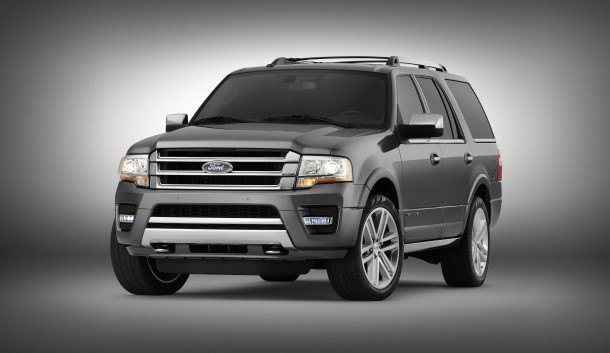











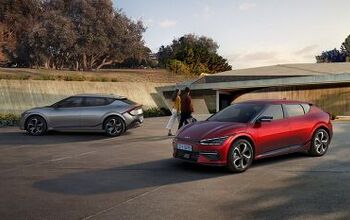
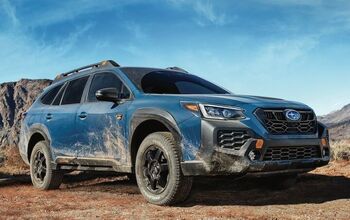
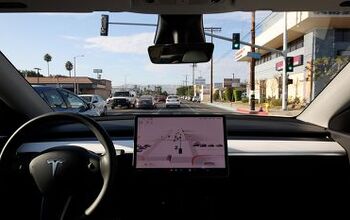
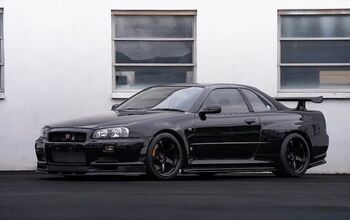
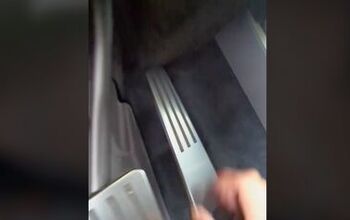
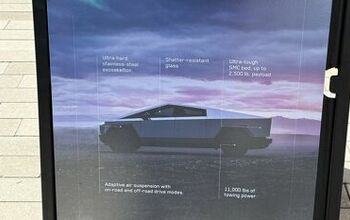
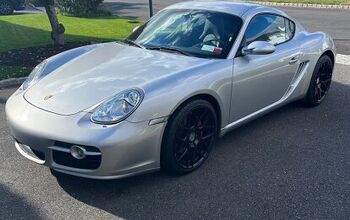
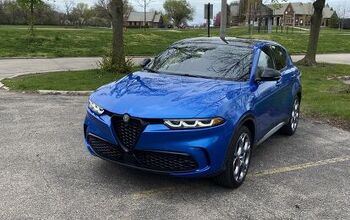
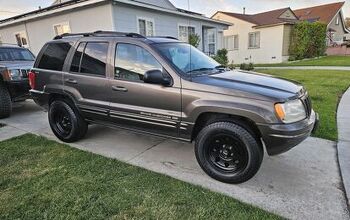

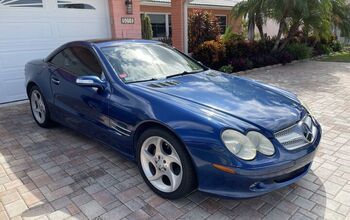

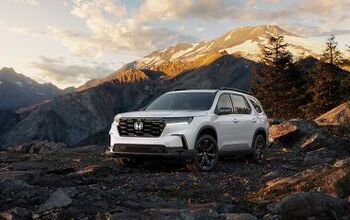
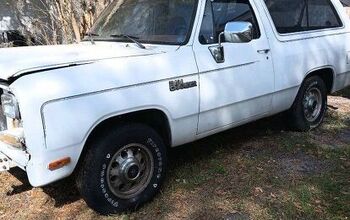
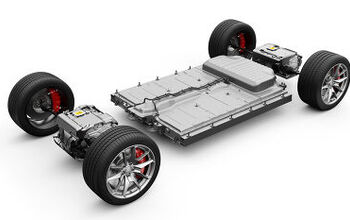


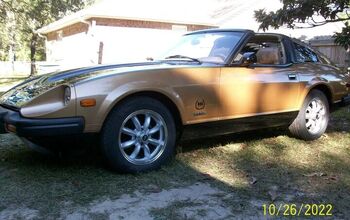
Comments
Join the conversation
The only think that keeps me from buying a crew cab truck instead of a SUV is that the crew cab truck won't fit in my garage. My choices are Extended/Super Cab trucks and SUVs.
The Tahoe/Escalade and Expedition/Navi were just the next logical step, after Town Cars, Crown Vics, etc. But after that leap, fullsize crew cab pickups are easy to swallow. It's not just that there's up to $20K saving, pound for pound, but the 'resale value' of fullsize SUVs really takes an extreme nose dive. I know harp against giving "resale value" too much credence, but with SUVs, you lose massive amounts on both ends. Now would anyone be too upset if their 'black car' to the airport or opera showed up as a blacked-out luxo platinum pickup? I doubt it. With a tonneau cover, it's a big trunk, lockable and water sealed.